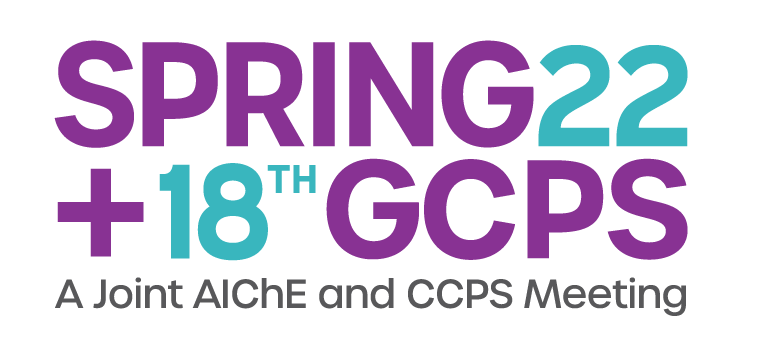

Component trapping can occur in aqueous systems when an impurity that would be normally driven towards the end of a column along with water, forms an azeotrope, which instead drives the impurity towards the other end of the column. In the region of the column where water is absent, the impurity is driven in the normal direction, towards the water-rich section. As a result, the component accumulates in the middle of the column. In continuous units, ppm-level impurities can have mid-column concentration bulges up to tens of percents. When hetero-azeotropes form, a second liquid phase may appear in for several stages in the middle of the column.
A new approach is presented to prevent trapping, for systems where 2 liquid phases appear in a section of a distillation column, e.g. purification of wet polar organics. Partitioning of the components between phases can be exploited to continually remove the trapping-prone minor components while limiting the accumulation and corresponding concentration bulges in the distillation column. By decanting a slipstream from the 2-phase zone, and recycle to single-phase sections, the minor components are continuously removed with the primary distillation products. The results of simulations comparing the concentration profiles / bulges with and without a decanting system are presented.
